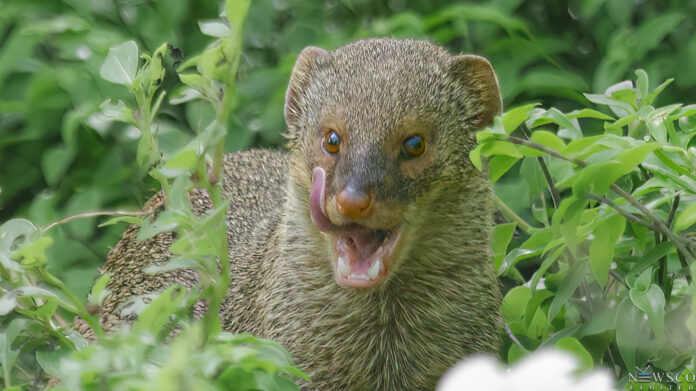The Environmental Awareness Group (EAG), renowned for their success in ridding Redonda of thousands of rats and rejuvenating the island’s ecosystem, is gearing up for another critical battle—this time against the mongoose.
Mongooses were introduced to Antigua in the late 19th century by colonists who aimed to control the rat population plaguing sugarcane fields. However, this strategy backfired.
As Miquel Garcia of the EAG explains, “unfortunately, rats operate primarily at night and the mongoose usually operate within the day. So, what ended up happening is that the mongoose and the rats ended up tag-teaming and working together to kill all of the species. While the rats ate everything during the night, mongoose ate everything during the day.”
Garcia highlighted the ecological devastation wrought by the mongoose, which has been implicated in the extinction of numerous endemic species globally.
“They’ve helped to be responsible for the loss of the Antigua Racer [snake] on the mainland, the Antigua burrowing owl. A lot of different species that we would have previously had, that were unique only to Antigua,” he noted.
The forthcoming eradication programme aims to curb the mongoose population, providing a lifeline for other species, including the critically endangered sea turtles.
“It is one of the largest drivers of biodiversity loss. They are voracious carnivores; they eat basically anything,” Garcia emphasised.
During recent turtle monitoring, EAG observed alarming levels of mongoose predation on sea turtle eggs.
“Through our monitoring last year, we found that one of our beaches was especially affected with 65 percent of sea turtle nests that were being laid on the beach being consumed by mongoose,” Garcia reported.
While complete eradication of mongooses from Antigua is deemed impossible, EAG plans to create safe havens for vulnerable species.
“We’re just trying to make a dent in the population during the sea turtle season to ensure that the turtles are safe,” Garcia said.
To achieve this, the EAG will employ humane DOC-250 kill traps. These traps ensure a quick, instant death for the mongooses, making them a more ethical solution to the problem.
“As soon as they run through the trap, they go and try to get bait, and it’s an extremely powerful trap that crushes their head—so it’s an instant death,” Garcia explained.


